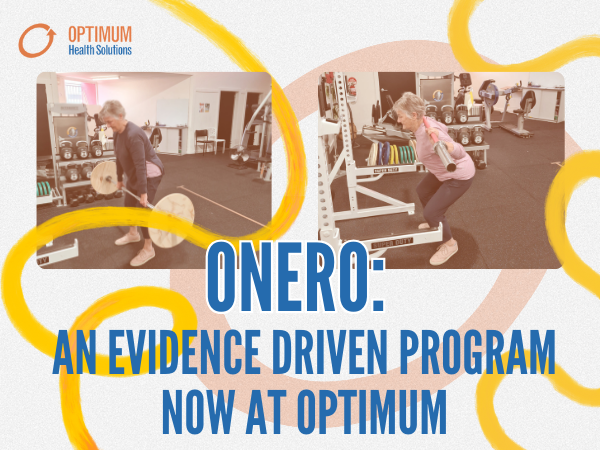I was fortunate enough to stumble upon a Television program on SBS the other night. The program instantly drew me in as it echoed many thoughts I have had regarding exercise and health for quite some time. The program centered around the host taking part in a short experiment on himself, aimed at exploring recent research regarding exercise and health. The research had concluded that as little as 4 minutes of exercise performed 3 times per week can have a positive effect on health markers such as insulin sensitivity (a marker for Diabetes risk) and cardiovascular health. It has stated that it is the intensity (how hard you work) of exercise that is the key to the health benefits, and not the total volume (amount) of exercise. This short duration, but high intensity exercise has been labeled HIT (high intensity training).A secondary key factor to improvements in health that the program explored is what was labeled NEAT, or Non Exercise Activity Thermogenesis. This is basically all the movements that you make (or don’t make) during the course of the day, excluding any planned exercise, which all add up to play a crucial role in your overall health (cue today’s common problem of sitting in front of the desk/computer/couch/T.V watching health programs on SBS- yes I was slumped over the couch at the time, and no I didn’t perform a set of push ups between ad breaks).This NEAT causes the body’s metabolism to elevate above its resting state, allowing an individual to burn more energy throughout the course of the day. This can also be related back to the old recommendation of completing 10,000 steps per day and incorporating more incidental movements into your daily routine e.g. taking the stairs over the lift, walking to the shops etc. Not really rocket science, but it has recently been thought that performing 2 or 3 gym sessions per week may not be enough to counteract the sedentary nature that our lives are made up of today- hence why the chair is most likely killing us!!
Back to the SBS program, where the host underwent a fasting Glucose Tolerance test to assess his insulin sensitivity and a V02 test to assess his cardiovascular fitness prior to the small experiment. He then proceeded to complete a 1 minute all out sprint on an exercise bike 3 times per week (you read correctly, just one minute) for a 4 week period. He made a conscious effort to move much more each day of the 4 weeks (during a side experiment he wore a pair of “fidget pants” for one day, which were attached with sensors to detect his movements throughout the day- kind of like a more direct pedometer. After wearing the device for one day, it was identified that he didn’t move even close to the daily-recommended amount).
At the conclusion of the 4 weeks his insulin sensitivity and cardiovascular fitness were re-tested, where it was found that his insulin sensitivity had improved by 23% (lowering his risk of Type 2 Diabetes), whereas his Cardiovascular fitness had not improved at all (although he was able to cycle for a longer period of time in the re-test).
What does this all mean??
Well, it appears that intensity of exercise as well as generally moving more throughout the day can play a key role in improving the body’s ability to use Glucose, which can have implications for prevention and possible cure of Type 2 Diabetes. Although this did not appear to have as much of an impact on Cardiovascular fitness.
Don’t get too excited about the thought of only exercising for one minute, three times per week. You must remember that the show only explored the role that HIT and NEAT played in regards to Insulin sensitivity and Cardiovascular fitness. There are many more benefits that regular exercise, particularly resistance training have. It should also be noted that for changes in body composition, volume of exercise (as well as a sound nutrition plan) play a vital role.
To determine if your NEAT is up to scratch and if your HIT is at a high enough intensity, speak to your Optimum Exercise Physiologist about the Sensewear technology (you don’t even have to wear “fidget pants”








